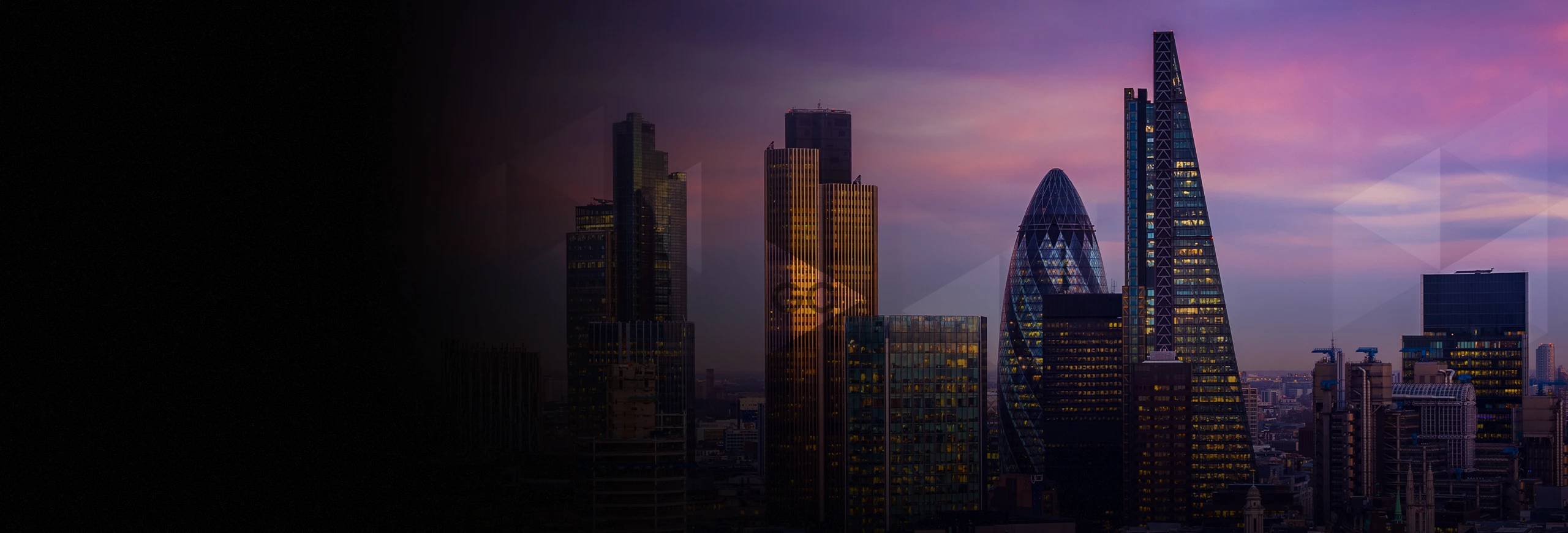
Blogs
WILL BLUEPRINT TWO BE THE LONDON MARKET´S BIG BANG MOMENT?
“I was used to the hustle and bustle, the crowd on the floor… and on the Monday there was no one there. There was a complete hush, it was extraordinary.” [1].
The Monday in question that Alasdair Haynes, who used to work on the floor of the London Stock Exchange (LSE), is referring to was the day the City of London was deregulated which led to the introduction of electronic trading, replacing traditional face-to-face share dealing. The year? 1986.
The new electronic system was efficient and faster, allowing trading volumes to increase and enabling the LSE to compete successfully with other global exchanges, specifically the New York Stock Exchange (NYSE). Part of the government´s reform programme to eliminate overregulation and encourage free-market competition, the Big Bang was also driven by concerns that other stock exchanges were either ahead of London or were faster, more global, and easier to trade through. The Big Bang was a package of changes introduced to bring the LSE into the 90’s, outpace its global competitors, and become a magnet for international banks to win the battle for being THE place to trade.
Sound familiar?
While no one is proposing that the London Market switches to digital trading overnight, and despite some in the industry saying it sowed the seeds of the 2008 financial crisis while laying the ground for other issues that appeared down the line, the Big Bang brought the LSE into the 21st century. The volume of shares traded on the Exchange and its market capitalisation increased, costs came down while bolstering London´s position as a global financial hub.
London is undeniably the insurance place of choice and last resort for risks worldwide. Still, other emerging global insurance hubs are gaining market share by offering local and specialised services and a fully digitised experience. Lloyd´s has had a long history of attempting to become a digital marketplace at scale, with modest but limited success, until now.
Lloyd´s Blueprint Two has its sights on a similarly transformative change. There’s a healthy degree of scepticism facing the programme, and some of the deliverables may not set the pulse racing, but there is no denying that the market needs it. Unlike the Big Bang, this will not silence the market, as it did with the LSE, but will augment the conversational element of placing complex risks.
In the spirit of full transparency, while AdvantageGo has pledged its support of Blueprint Two, irrespective of this, I independently believe that Blueprint Two is integral in digitising the London market.
But let’s be honest. The existential threat our market faces is not in dealing with complexity but simplicity – if it costs too much to write follow lines, secure additional capital behind risks, or write commodity risk, they’ll simply be written elsewhere. Large corporations are loading more risk into their captives. ILS and alternative risk transfer mechanisms are popping up to bring cheaper and well rated capital behind an expanding range of risks. Multi-platform carriers are selecting against their Lloyd’s platforms with more frequency.
The same concerns of losing market share exist as those which triggered the Big Bang, but, alluringly, the same opportunity exists too!
Digitising the lifecycle of a risk, as Blueprint Two will do, may not lead to a Big Bang in trading volume, but it will certainly keep London at the top of every risk manager and broker´s list of places to solve their risk problems. As an insurer, the stark warning issued by the LMA holds true; fail to prepare, prepare to fail [2]. The Big Bang worked because the market moved as one, ready to trade in this new way without losing value. We start in a stronger position and have nearly 40 years of technological evolution to harness since then.
As we approach the 36th anniversary of the Big Bang, will Blueprint Two be considered London market´s Big Bang moment in 2058?
The best time to do this may have been in 1986. The second best time is now – Are you ready?
Ref 1) https://www.bbc.co.uk/news/business-37751599
Ref 2) https://www.lmalloyds.com/LMA/News/Blog/blue.aspx